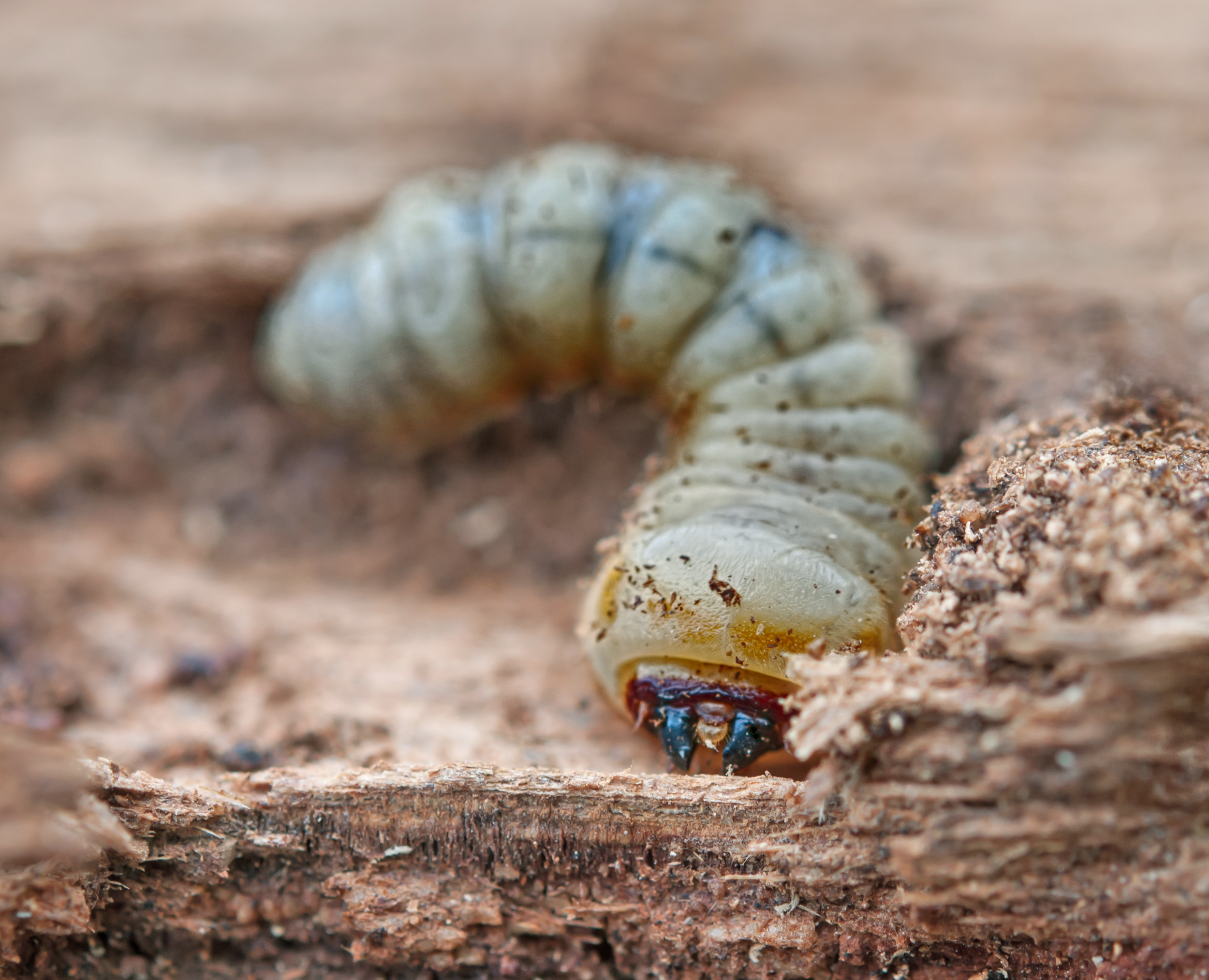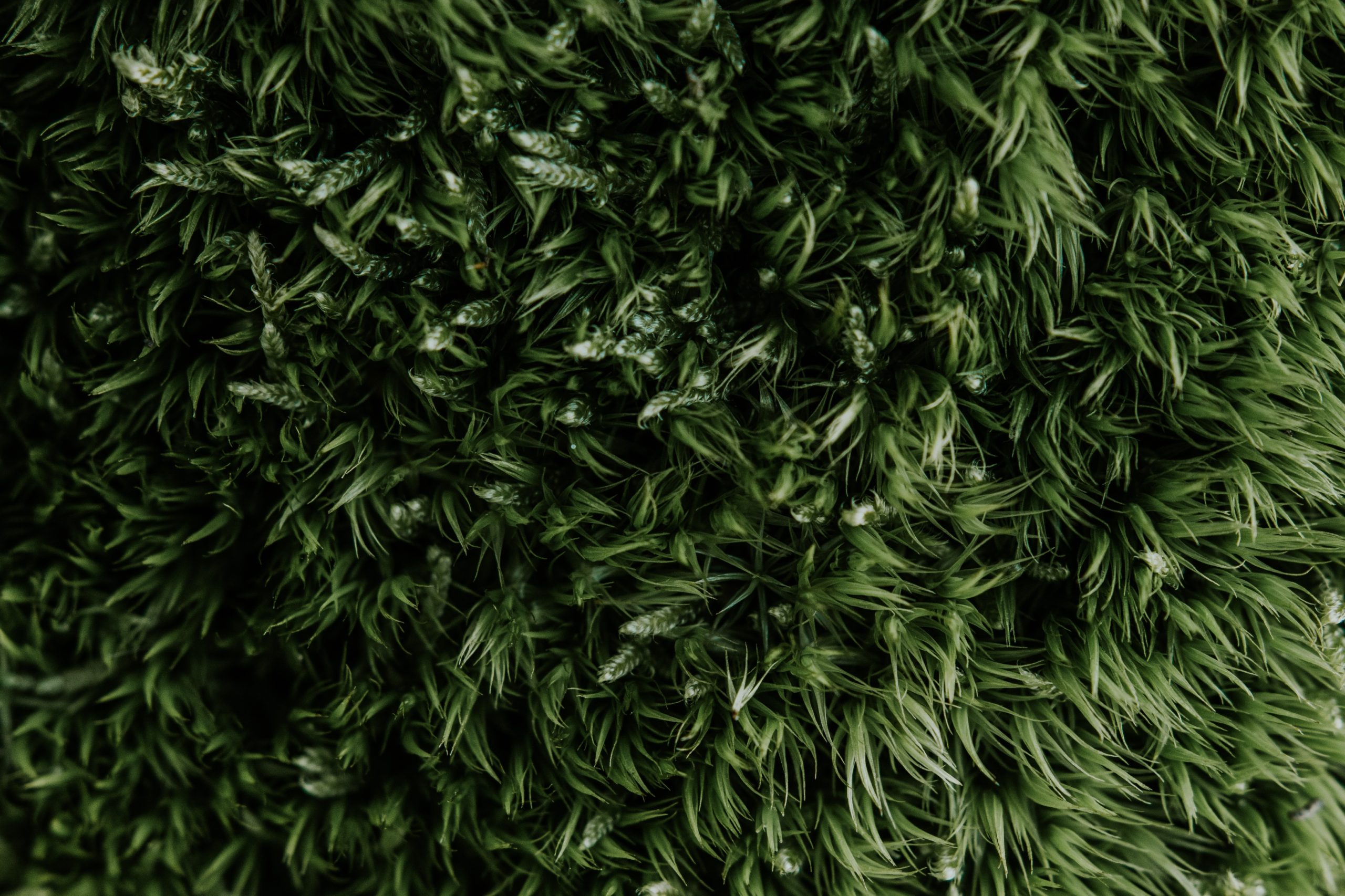Identifying Grub Populations
It’s crucial to start by identifying grub populations in your lawn. One way to do this is by checking for patches of grass that easily peel away, revealing the grubs underneath. A healthy lawn might have a few grubs per square foot, but if you find more than that, it’s a sign of a grub infestation.
Life Cycle of Grubs
Understanding the life cycle of grubs can help in effective grub control. Adult beetles lay their eggs in the summer. These eggs hatch into white grubs that feed on your lawn’s root system. As winter approaches, these grubs dig deep into the soil, only to return to the surface during spring. They then transform into adult beetles, and the cycle continues.
Being aware of this cycle allows homeowners to target grubs at their most vulnerable stages. For instance, treatments applied during late summer or early fall can effectively target young grubs that are actively feeding. Similarly, early spring is another crucial period when grubs are near the surface and more susceptible to control measures. By synchronizing treatments with the grubs’ life cycle, one can maximize the effectiveness of control methods, ensuring a healthier lawn and reducing the chances of a recurring infestation in subsequent seasons.



